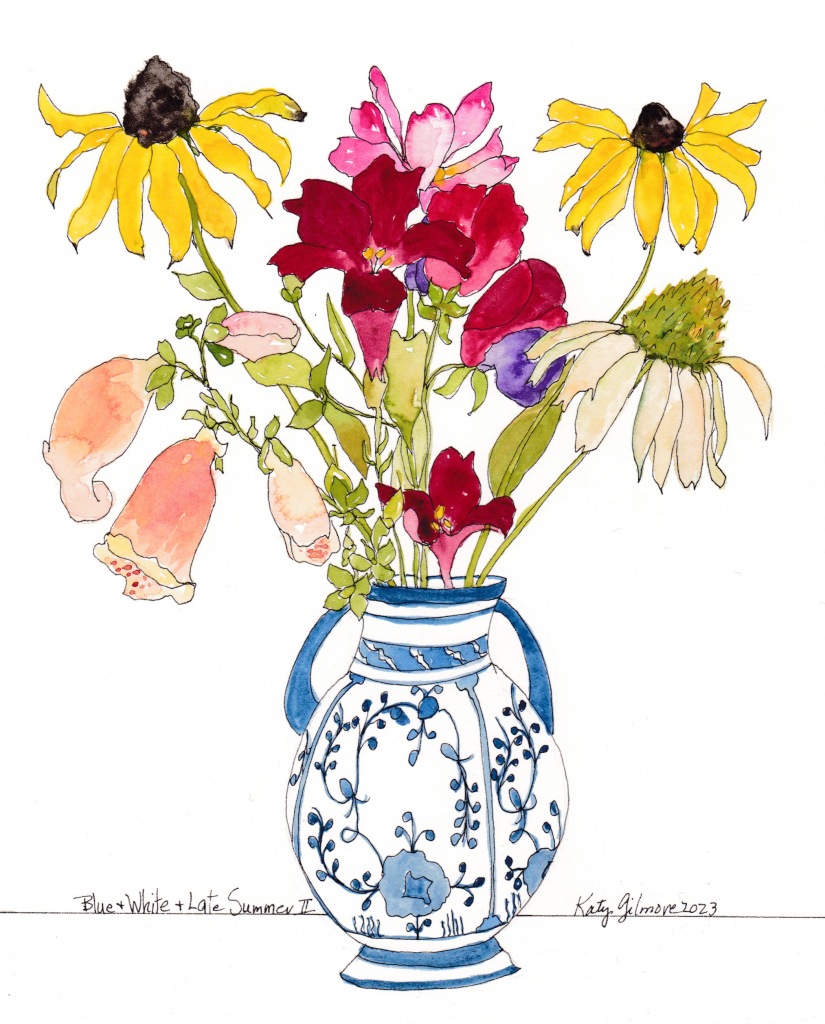Nick Groom, writing in “The Seasons: A Celebration of the English Year” says: “The first three days of April are ‘borrowing days’ – that is, they are days supposedly borrowed by March and therefore have very bad weather.” And it was true, but then by midmonth, the north wind and relentless rain diminished, and the signs of spring accumulated to a tipping point. Now temperatures warm daily, the light wakes us early, and evenings stretch out. Plants grow.
Tulips, an April extravaganza and joy this year, finally grow tattered. Thrilling the senses after a winter of gray and dark green, they thrived in the cold of late March, and looked their best when first opening in such an array of color.
A cliché and true, spring is a miracle. How can the sodden dismal world suddenly be so bright with birdsong and blossoming? And this year I am particularly “recalled to life.” I spent much of the winter (unbeknownst) in the grip of polymyalgia rheumatica – writing off my increasing misery of joint and muscle as being “old and cold.” Those being true, there was more, and finally diagnosed and treated, I’m giddy with a pain free life – simple things, turning the steering wheel, turning over in bed, walking, opening a jar, typing, painting – are normal again. And I’m without the overwhelming fatigue that accompanies widespread inflammation.
It is so sweet to experience this along with the arrival of spring. I feel like one should always feel, aware of the blessedness of normal life – grateful for this time, this earth, and all its creatures.
Tomorrow, in a celebratory way to spend May Day, a good friend will help me get to Seattle with my offerings for the Miller Library – the paintings, “Pockets Books,” blue and white prints, and all the attendant labels and statement. Having that work installed will really mark the end of winter.
To all you readers, I hope you weathered the winter well and that May may bring flowers, some overdue April showers, and a measure of spring happiness to you and our battered world.








































